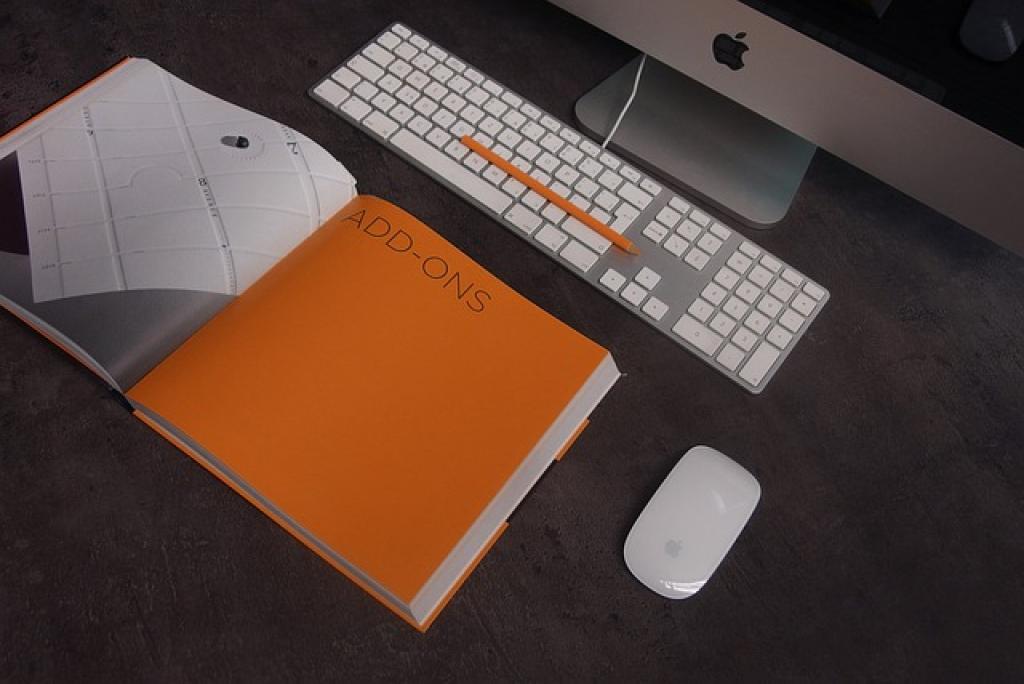Ever find yourself drowning in clutter, both physically and mentally? You’re not alone. Staying organized is an ongoing challenge that can affect every aspect of life, from work efficiency to personal tranquility.
The secret lies in small, sustainable habits. By incorporating practical tips and tools into your daily routine, you can master the art of organization without feeling overwhelmed.
In this comprehensive guide, we’ll explore strategies to help you streamline your space, simplify tasks, and ultimately reclaim your peace of mind. Whether you’re a serial procrastinator or a seasoned neat freak, there’s always room to refine your approach.
Dive in to discover actionable tips that will empower you to maintain a sense of order, no matter what life throws your way. Get ready to transform chaos into calm!
Article Heading Ideas
Grabbing attention starts with the right headlines. Crafting a compelling title not only attracts readers but sets the tone for your entire article.
Brainstorming Basics
Begin by identifying key themes in your content. This lets you brainstorm titles that are both descriptive and engaging. Remember, clarity is crucial; readers should know what to expect at a glance.
Experiment with different structures. Questions, lists, and how-tos often resonate well. For instance, "How to Tackle Clutter in 5 Simple Steps" speaks to those seeking practical solutions.
Adding a Creative Twist
Inject personality into your headlines by playing with language. Use puns, alliteration, or rhymes to make your titles pop. A dash of humor or intrigue can also entice curious minds.
Don’t shy away from using numbers, superlatives, or urgency. Phrases like "Ultimate Guide" or "Must-Know Tips" can hook readers eager for actionable advice.
Keep tweaking until you strike the right balance of intrigue and informativeness, ensuring your headline aligns perfectly with your article’s promise.
Tips for Setting Up an Efficient Filing System
A well-organized filing system is the backbone of order in any workspace. It streamlines finding essential documents, ultimately saving time and reducing stress.
Start by categorizing your files. Group similar items, such as taxes, bills, and personal documents, into broader categories. This lessens the clutter and simplifies retrieval.
To ensure longevity and accessibility, go digital. Scanning physical documents and storing them in the cloud not only saves space but offers backup security.
Labeling and Color Coding
Clear, concise labeling is your best friend. Whether you’re using file folders or digital tags, make sure each category is labeled appropriately. This prevents confusion and quickens the search process.
Consider color coding your system. Assign different colors to specific categories. This visual cue can immediately guide you to the right section with just a glance.
Regular maintenance is crucial. Set aside time each month to declutter and update your filing system. Periodic reviews prevent unnecessary pile-ups and keep your system running smoothly.
With these tips, you’ll be on your way to creating a filing system that’s both efficient and tailor-made to your needs.
Organizing Digital Files: Best Practices for Easy Retrieval
In the age of technology, organizing digital files is just as crucial as managing physical documents. A structured digital filing system can significantly enhance productivity and make file retrieval a breeze.
Start by creating a logical folder hierarchy. Break down broad categories into subfolders based on projects, dates, or file types. This structure helps you navigate through your files naturally.
Use consistent naming conventions. Before saving a file, think about its future use. Including details like date, keyword, and version number can be invaluable. For example, "Report_2023_Q1_v2" immediately tells you the document’s context.
Back up files regularly. A routine backup habit secures your data against unexpected losses and keeps your peace of mind intact. Whether using an external hard drive or a cloud service, ensure your files are duplicated in a safe place.
Periodically declutter your digital space. Delete unnecessary files and consolidate duplicates. Regular maintenance prevents digital overload and keeps your files streamlined.
By adopting these practices, navigating your digital files becomes a straightforward task. An organized digital space not only enhances workflow but also reduces the stress of searching for misplaced documents.
Maximizing Workspace Efficiency: Decluttering Strategies
An uncluttered workspace can dramatically boost productivity and enhance focus. The key is to implement effective decluttering strategies tailored to your needs.
Begin with a thorough purge. Take a deep dive into your workspace and remove items you no longer use or need. Be ruthless! Often, eliminating the excess is the most challenging yet liberating step.
Adopt the "one in, one out" rule. Whenever you introduce a new item, ensure an old one finds its way out. This rule maintains balance and prevents unnecessary accumulation.
Create designated zones for specific tasks. Assign areas for writing, computer work, and brainstorming. By organizing spaces according to their function, you’ll streamline your activities and minimize disruptions.
Utilize storage solutions. Invest in organizers, shelves, and containers that keep essential items within reach but out of sight. An organized system reduces visual clutter and maintains a sense of order.
End each day with a quick reset. Spend a few minutes tidying up your desk and returning items to their designated places. A clean slate sets a positive tone for the next day’s productivity.
Embrace these strategies to transform your workspace into a haven of efficiency, where every item serves a purpose and contributes to your success.
Time Management Techniques for Maintaining Organization
Managing time effectively is a cornerstone of staying organized. With the right techniques, you can keep on top of tasks without feeling overburdened.
Begin by prioritizing. Use a to-do list to rank tasks by urgency and importance. Tackle high-priority items first to ensure the essential work gets done and deadlines are met.
The Pomodoro Technique
Consider the Pomodoro Technique to boost productivity. Break work into 25-minute focused sessions followed by a 5-minute break. This structure keeps you energized and prevents burnout.
Set realistic goals. Instead of a sprawling list, aim for three to five achievable tasks each day. This approach reduces overwhelm and delivers a sense of accomplishment.
Batch similar tasks together. Address emails, phone calls, and similar interruptions in designated blocks of time rather than sporadically throughout the day. This limits distractions and helps maintain your focus.
Schedule breaks to refresh your mind. Short pauses can rejuvenate enthusiasm and prevent fatigue. Use this time to stretch, hydrate, or simply relax your mind.
Embrace these time management techniques to maintain organization and enhance productivity. Master your schedule, and watch how effortlessly your tasks fall into place.
The Bottom Line: Sustaining Long-Term Organizational Habits
As you embark on your journey to maintain organization, remember that consistency is key. It’s easy to implement new habits, but the real challenge lies in integrating them into your daily routine.
First, don’t aim for perfection. Focus on progress instead. Small, incremental changes lead to significant improvements over time. Celebrate your wins, no matter how small they seem.
Moreover, remain flexible. Life is unpredictable, and your organizational strategies should adapt to changing circumstances. Revisit and revise your methods regularly.
Accountability can also play a significant role. Share your goals with a friend or use productivity apps to monitor your progress. Encouragement and gentle nudges can make a world of difference.
Meanwhile, cultivate mindfulness. Being aware of your habits and the space around you fosters intentional choices that align with your organizational goals.
Remember, setbacks are part of the process. Everyone stumbles, so treat each slip-up as a learning opportunity rather than a failure. Adjust your approach, and move forward with renewed motivation.
Ultimately, sustaining organization is a continuous journey, not a one-time event. By integrating these practices into your life, you’ll pave the way for a more organized, stress-free existence.
Stay committed, remain patient, and enjoy the peace of mind that organized living brings. Embrace this newfound clarity, knowing that you are crafting an environment conducive to success and well-being.

